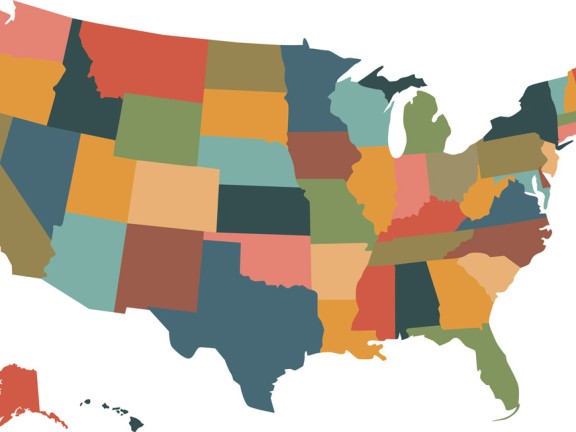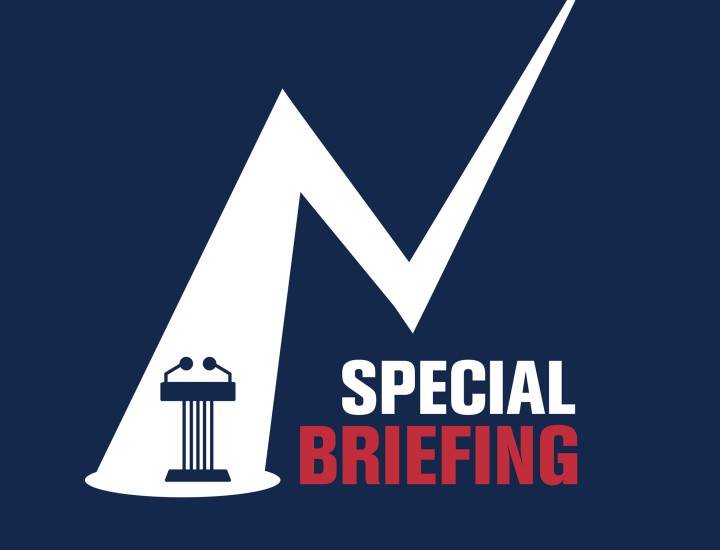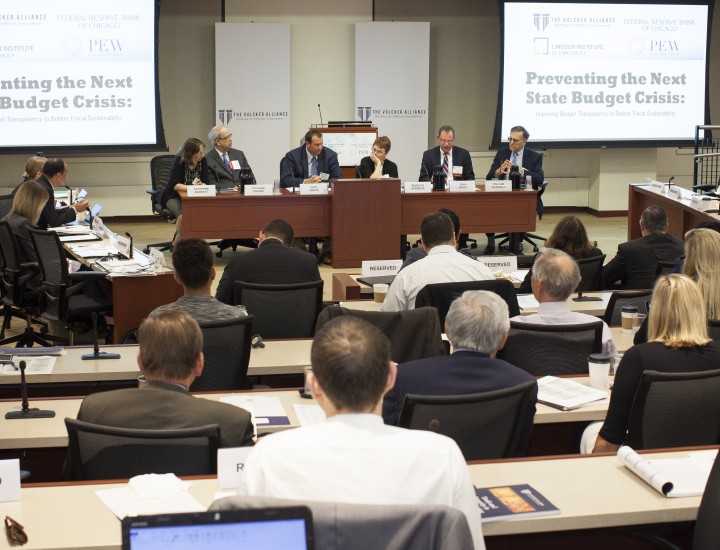How Would Professors Grade the States?

This article was originally published by Governing on April 3, 2017.
For more than a decade, Governing periodically published a report called “Grading the States.” Known more formally as the Government Performance Project (GPP), it evaluated the management capacity in each of the 50 states and was written by the two of us, along with the help of a team of researchers and the guidance of academics who were specialists in the fields we were grading: information, infrastructure, people and money. Its last report was researched in 2007 and published in 2008.
To mark the 10th anniversary, we went back to the four academics who were instrumental in the last two reports. We asked them about the current state of the states in their particular area of expertise. They were glad to let us know what they thought—though pained by the brevity required to fit this into one column.
On Information: Philip Joyce, professor of public policy at the University of Maryland
“There’s not as much use of data as I would have expected when we left off with the GPP 10 years ago. Things have stalled in terms of how performance information for policymaking is used by legislatures, governors, budget officials and so on.
“Politics is trumping facts. When states are in crisis mode and need X billion dollars in budget cuts, for example, it’s a lot easier to multiply all the numbers by .98 and then make those 2 percent cuts. If you can say, ‘We’re taking the same percentage from everyone,’ there’s something that looks fair about that.
But if you say, ‘We’re going to protect the following 10 programs because they’re worthwhile,’ the politics becomes harder.
“It’s possible, though, that the next generation of government leaders might expect to know more about what’s going on and how we’re doing than the last generation. It’s easier to produce the data and, maybe, people will demand it more.”
On Infrastructure: Michael Pagano, dean of the College of Urban Planning and Public Affairs at the University of Illinois, Chicago
“States increasingly accept that infrastructure should be in a ‘state of good repair.’ Yet infrastructure maintenance continues to be undervalued and deterioration of roads, bridges and buildings continues. The irony is that while there’s a great deal of focus on new infrastructure as an economic enhancer, investments in maintenance can build GDP as well.
“Still, even as the pressure is on for new building, financing remains problematic. There is a political imperative to please constituents with infrastructure that isn’t affordable through appropriate tax and fee revenue. Moreover, much infrastructure continues to be priced inadequately by including only the cost of the initial investment, while ignoring recurring operating and maintenance costs.
“Interest in leveraging private investment in a partnership arrangement is likely to continue to increase, possibly at a faster rate under President Trump’s administration. Yet, those types of investments are more likely to be made in infrastructure for which a fee can be charged. Highway tolls, consumption fees and user charges will become more prevalent as private investors can identify a revenue stream as a return on their investment."
On People: Sally Selden, vice president and dean for academic affairs at Lynchburg College
“As the labor market has improved, governments need to appeal to people’s sense of public-sector motivation and civic duty. That’s critical if they are going to attract and retain public employees. Tighter competition for talent also means that governments will have to grapple with the competitiveness of their total compensation packages. This is particularly true given changes in benefits and low cost-of-living adjustments over the past five to seven years.
“Big data offers opportunities for human resources to analyze workforce data to inform decisions, especially as it relates to engagement and retention. Leveraging technology will continue to create opportunities in hiring processes, both for employers and employees who want to apply online.
“With the diffusion of new technology comes a greater need to train and develop the workforce and an opportunity to engage younger employees in that work by having them teach and mentor more experienced workers.
“Finally, attention will continue to be directed toward employee well-being—physical, emotional and mental—particularly in environments where employees feel pressure, such as agencies that have been understaffed.”
On Money: Katherine Willoughby, professor in the Department of Public Management and Policy at Georgia State University
“As we head into the eighth year following the end of the Great Recession, governors remain cautious about making big promises. In spite of relatively low unemployment nationwide, most are anticipating a sputtering economy and hoping that an economic downturn is not looming around the next quarter.
“States indicate an almost perfect bell curve in terms of their fiscal health—about 10 are in really bad shape (such as Alaska and Illinois), about 10 are in pretty good shape (such as Georgia and Idaho) and the rest are muddling through.
“Gas and oil price slides have continued to compromise resource-dependent state budgets—five states have seen declining general fund expenditures in fiscal 2017. Going forward, 47 states will be developing their fiscal year 2018 budgets, with many anticipating general fund shortfalls. For example, it is hard to comprehend how Illinois politicians will be able to come together to avoid a potential budget deficit that has been estimated at $5.3 billion!”


